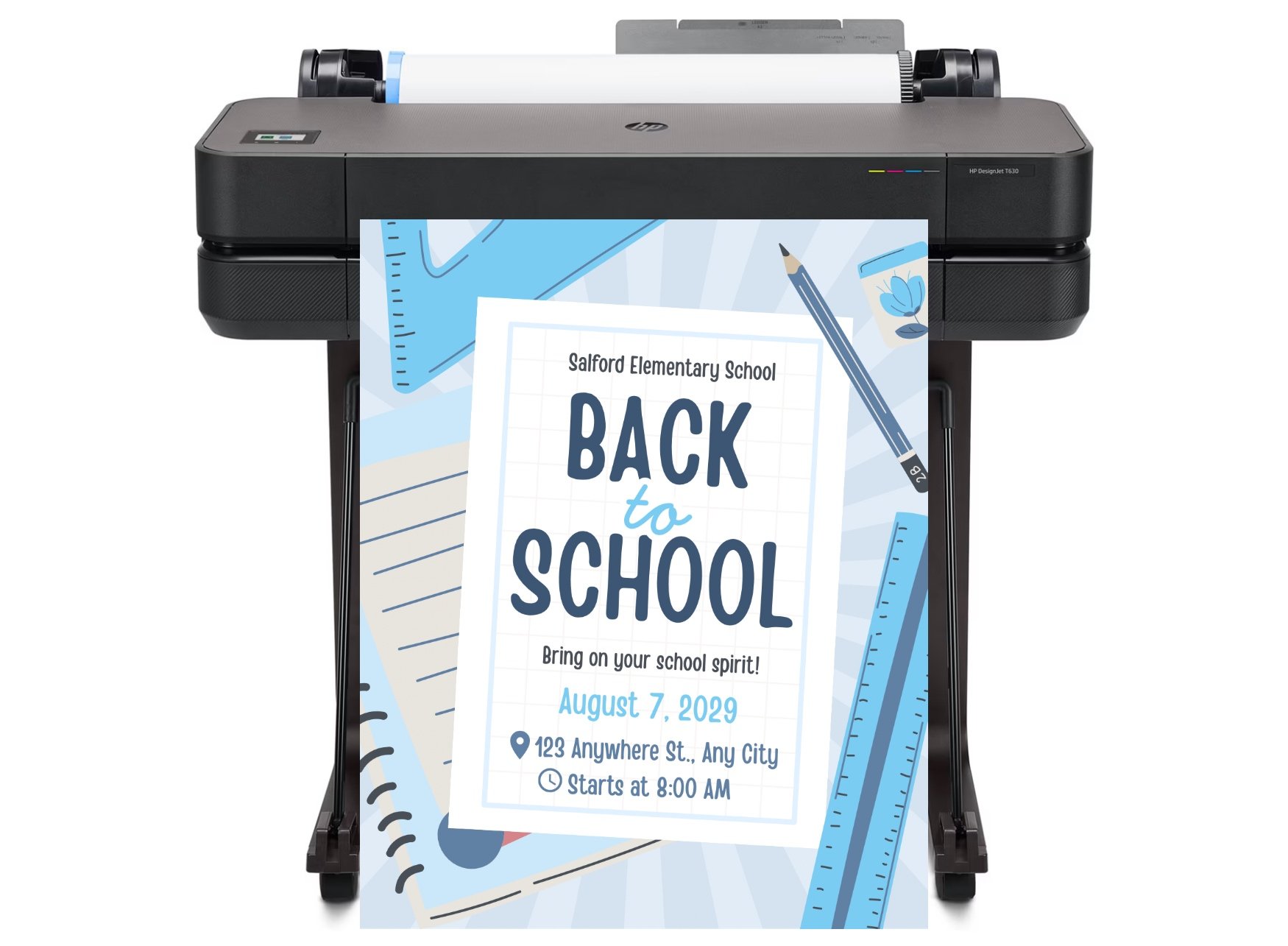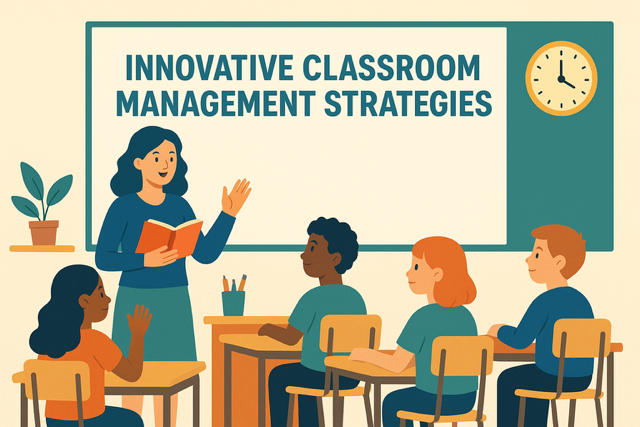
DISCOUNTED EDUCATION PRICING! CALL 1-877-891-8411. We Gladly Accept School Purchase Orders!

In 2025, classroom management has become more than just maintaining order—it’s the foundation of a thriving, future-ready learning environment. Educators today are tasked with balancing an increasingly complex landscape: hybrid and blended learning models, the rapid integration of AI-driven tools, shifting academic standards, and the unique social-emotional needs of diverse student populations. Traditional management strategies are no longer enough; teachers need innovative, evidence-based approaches that are practical, adaptable, and aligned with the realities of modern education.
This guide explores cutting-edge classroom management strategies designed to maximize engagement, minimize disruptions, and foster a culture of respect and collaboration. From leveraging technology to streamline routines, to embedding social-emotional learning (SEL) into daily practices, to cultivating inclusivity that ensures every student feels seen and valued—these methods are built for today’s classrooms and tomorrow’s challenges. By blending time-tested principles with forward-looking trends, educators can create classrooms that are not only well-managed but also inspiring, empowering, and conducive to long-term success.
Effective classroom management strategies are more than techniques than maintaining order—it’s about crafting a vibrant community where students are motivated, valued, and ready to excel. With the rise of digital tools, globalized classrooms, and heightened focus on mental health, teachers need strategies that adapt to these shifts. This guide equips educators with forward-thinking approaches to foster collaboration, minimize distractions, and drive academic and emotional growth, ensuring your classroom leads the way in 2025.
Empower students by involving them in setting classroom expectations, fostering accountability and a shared sense of purpose.
Technology isn’t just a tool—it’s a catalyst for transforming classroom dynamics. Use cutting-edge platforms to streamline routines and captivate students.
Inspire resilience by celebrating effort and progress, helping students embrace challenges as opportunities.
Flexible seating empowers students to choose environments that suit their learning styles, boosting focus and collaboration.
SEL is the heartbeat of a supportive classroom, nurturing emotional intelligence and community.
Move beyond punishment to repair relationships and foster accountability with restorative practices.
Every student is unique, and personalized approaches ensure no one is left behind.
Collaborative projects foster teamwork and real-world skills, turning classrooms into innovation hubs.
Classroom management strategies are not a one-time solution—it’s an ongoing process that evolves alongside your students, your teaching style, and the rapidly changing educational landscape. To ensure these strategies remain powerful and relevant in 2025 and beyond, commit to regular reflection, adaptation, and growth.
Start by scheduling consistent check-ins, both with yourself and your students. Monthly student reflections or surveyscan provide valuable insights into what’s working, what feels challenging, and how students perceive the classroom environment. These conversations not only help you refine your approach but also empower students by giving them a voice in shaping their learning community.
Leverage the wealth of data available through your classroom management apps, learning platforms, and behavior-tracking tools. Analyzing patterns in engagement, participation, and behavior trends allows you to spot early signs of issues before they escalate. For example, noticing a dip in participation during certain activities may prompt you to adjust your lesson structure or incorporate more interactive strategies.
Equally important is staying informed about emerging research in social-emotional learning (SEL), inclusivity, and neuroscience. The field of education is advancing quickly, and incorporating fresh insights—such as trauma-informed practices or new SEL frameworks—ensures your management strategies remain evidence-based and effective.
Finally, remember that long-term success thrives on flexibility. Be open to experimenting with new tools, from AI-driven classroom assistants to gamified engagement platforms, while also revisiting time-tested techniques like relationship-building and positive reinforcement. The best classrooms in 2025 will be those that balance innovation with human connection, structure with adaptability, and discipline with empathy.
These classroom management strategies are designed to do more than maintain order—they transform your classroom into a hub of innovation, inclusivity, and lasting engagement. By weaving together collaborative norms, cutting-edge technology, social-emotional learning (SEL), and restorative practices, you create an environment that reflects the needs of today’s students while preparing them for tomorrow’s challenges.
What makes this approach powerful is its adaptability. Every classroom is unique, and when you tailor these strategies to your teaching style, subject area, and student community, they become more than just techniques—they become the foundation of a thriving, future-ready learning culture.
In 2025 and beyond, the most successful classrooms will be those that embrace change, champion equity, and cultivate student ownership of learning. By implementing these strategies consistently and refining them with intention, you position your classroom not only to meet the demands of modern education but to set a new benchmark for excellence. The result is a dynamic space where engagement soars, disruptions diminish, and every student feels valued, empowered, and capable of success.